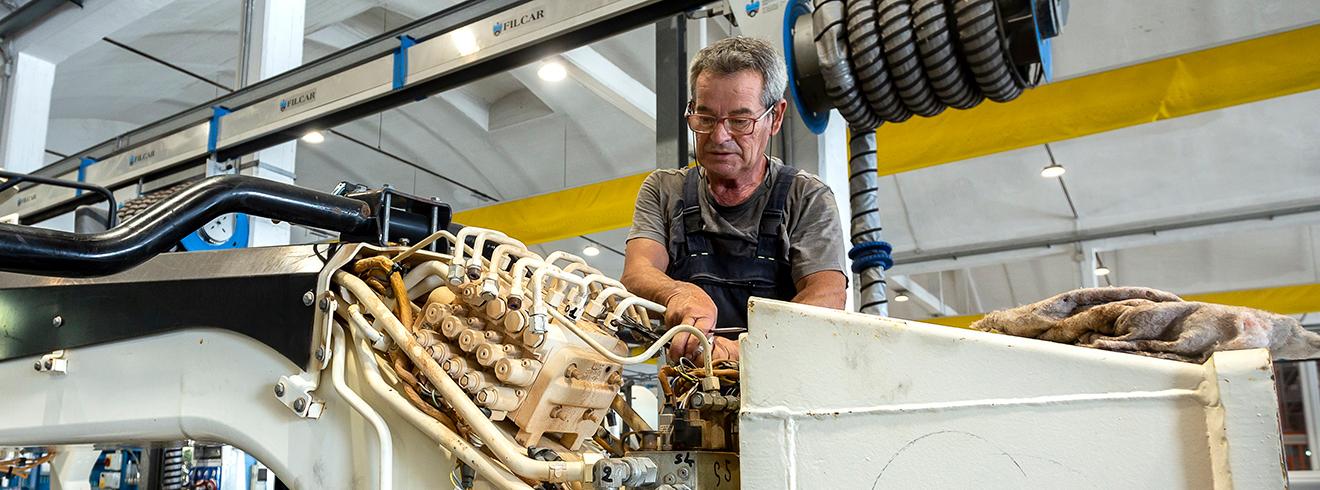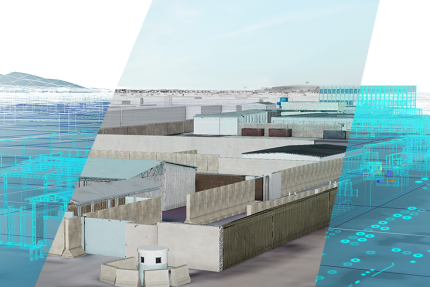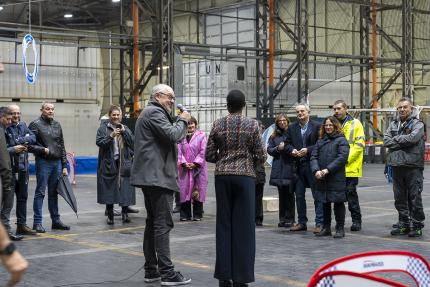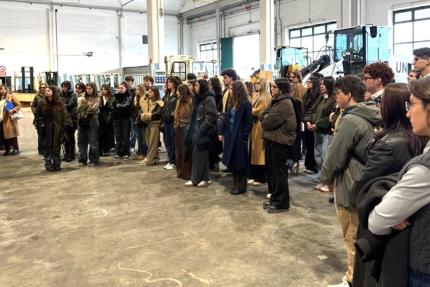The United Nations Global Service Centre (UNGSC) is leading a transformative shift in how the UN manages its assets. Through the Return, Refurbish, Reuse (3R) initiative, UNGSC is extending the lifecycle of high-value equipment, reducing procurement timelines and costs, and ensuring that mission-critical assets are available when and where they’re needed most.
At its core, 3R is about efficiency, agility, and value—principles that are increasingly vital as the UN faces growing financial pressures. “We have a lot of pressure at the moment, financially,” noted Elisabeth Turnbull-Brown, Chief of Service, Finance and Budget at UN Headquarters. “3R is an excellent programme that can support missions by providing good operational equipment at the right cost.”
By enabling faster, more cost-effective deployment of refurbished assets, the 3R model directly supports the UN’s ability to deploy, sustain, and protect missions—particularly in volatile environments where delays can have significant operational consequences.
From Waste to Readiness
The 3R initiative targets underutilized, high-value assets—such as heavy machinery and specialized vehicles—that can be refurbished and redeployed to missions in need. This approach not only reduces waste but also ensures that critical equipment continues to serve the UN system, rather than being prematurely written off.
By drawing from existing stock, 3R enables faster turnaround times and avoids the delays often associated with commercial procurement. “It’s ready to go,” said Elisabeth Turnbull-Brown, “and UNGSC can help get the necessary equipment to missions as quickly as possible.”
This rapid deployment capability is especially vital in crisis settings, where supply chain disruptions can compromise mission effectiveness. With 3R, missions gain access to reliable, cost-effective equipment—when and where it matters most.
Real Impact, Real Savings
Since its launch in late 2023, the 3R programme has already delivered results:
· UNISFA received urgently needed equipment from UNAMID stock.
· UNFICYP replaced outdated assets with refurbished equipment, extending operational life.
· MONUSCO, MINURSO, UNSMIL, and UNSOS are now using repurposed assets from UNAMID.
· MINUSMA assets are currently being refurbished for second-life deployment.
These efforts have resulted in over USD 3.5 million in cost avoidance as of September 2024—demonstrating the programme’s potential to scale and deliver even greater value.
Scaling for System-Wide Impact
Looking ahead, the 3R model is set to scale beyond peacekeeping missions. Its growing inventory of refurbished equipment could also support Special Political Missions (SPMs) and other UN entities—including agencies, funds, and programmes—seeking cost-effective, rapidly deployable solutions.
Initially piloted with assets from the mission in Darfur (UNAMID), the programme is now being positioned for broader application. “This is a model that can benefit the entire UN system,” said Elisabeth Turnbull-Brown, underscoring its potential to deliver operational value across a wider range of mandates.
A Platform for Reform in Action
3R is more than a logistics programme—it is a strategic enabler of UN reform. It supports transparency, reduces duplication, and optimizes resources. It also strengthens the UN’s ability to respond to operational surges and crisis moments with speed and accountability.
With continued support from Member States and strategic partners, 3R can help the UN system do more with less—enabling more responsive and value-driven operations across the UN.
Every asset refurbished is more than a cost saving—it’s a commitment to operational excellence and mission success.



